Most computers come with basic sound cards that are often insufficient for professional music production, lacking advanced features like multiple inputs outputs or high sample rate capabilities.
For those starting in music production, investing in the best sound card for music production is a game-changer. Remember, the sound card is the one that fits your specific requirements, offering the right balance of features, quality, and price. So, start your journey towards professional-grade music production today by choosing the right sound card for your setup.
Our Top Picks
We provide our product links with Amazon assurance whenever possible.
Best Overall: Apollo Twin X Quad
The sound card is not just a tool, it’s a game-changer for musicians and producers. The Apollo Twin X Quad stands out in this realm, offering unparalleled audio quality and versatility. This compact yet powerful device is designed to transform your music production, delivering clarity and depth to your sound that will captivate any listener.
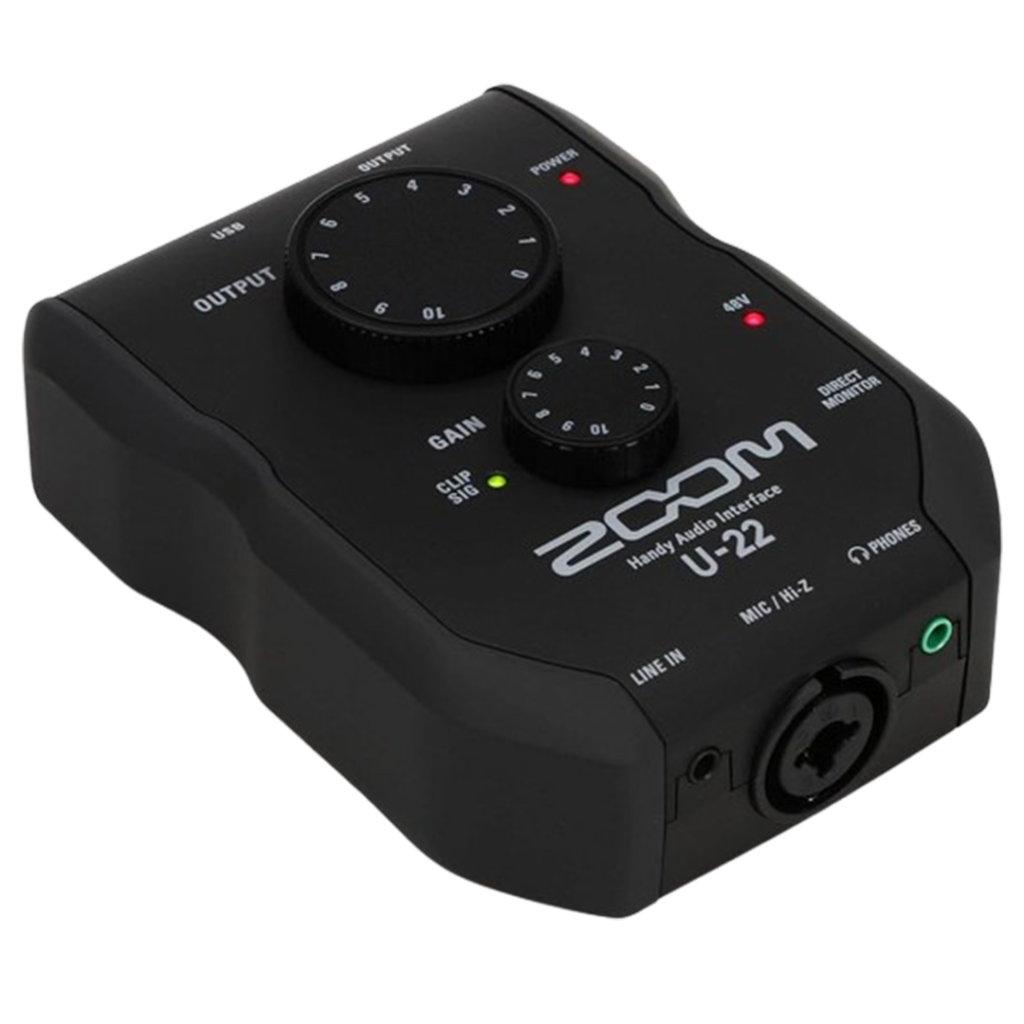

Specifications:
- Connectivity: Thunderbolt 3
- Form Factor: Desktop
- Simultaneous I/O: 10 x 6
- A/D Resolution: 24-bit/192kHz
- DSP/FX: UAD-2 Quad Core Processing, Realtime UAD Powered Plug-ins
- Preamps: 2 x mic, 1 x instrument
- Phantom Power: Yes
- Elite-Class AD/DA Conversion
Who Is It For?
The Apollo Twin X Quad is the sound card for those who refuse to compromise on sound quality. It’s perfect for music producers, audio engineers, and musicians who demand the highest level of audio fidelity and processing power.
Whether you’re recording in a studio or working on a project at home, this sound card offers the precision and depth needed to bring your music to life. Its 24-bit/192kHz resolution ensures that every nuance of your sound is captured with crystal clarity.
The Apollo Twin X Quad is not just a sound card; it’s a professional-grade audio interface that elevates your music production to new heights. If you’re serious about your sound and looking for a device that can keep up with your creativity, the Apollo Twin X Quad is for you.
Best Sound Card for Beginners: Focusrite Scarlett 2i2 3rd Gen
The sound card for beginners is undoubtedly the Focusrite Scarlett 2i2 3rd Gen. This compact and user-friendly audio interface offers exceptional sound quality and versatility, making it a top choice for those just stepping into the world of music production. Its ease of use and reliable performance ensure that even novices can produce professional-sounding tracks.
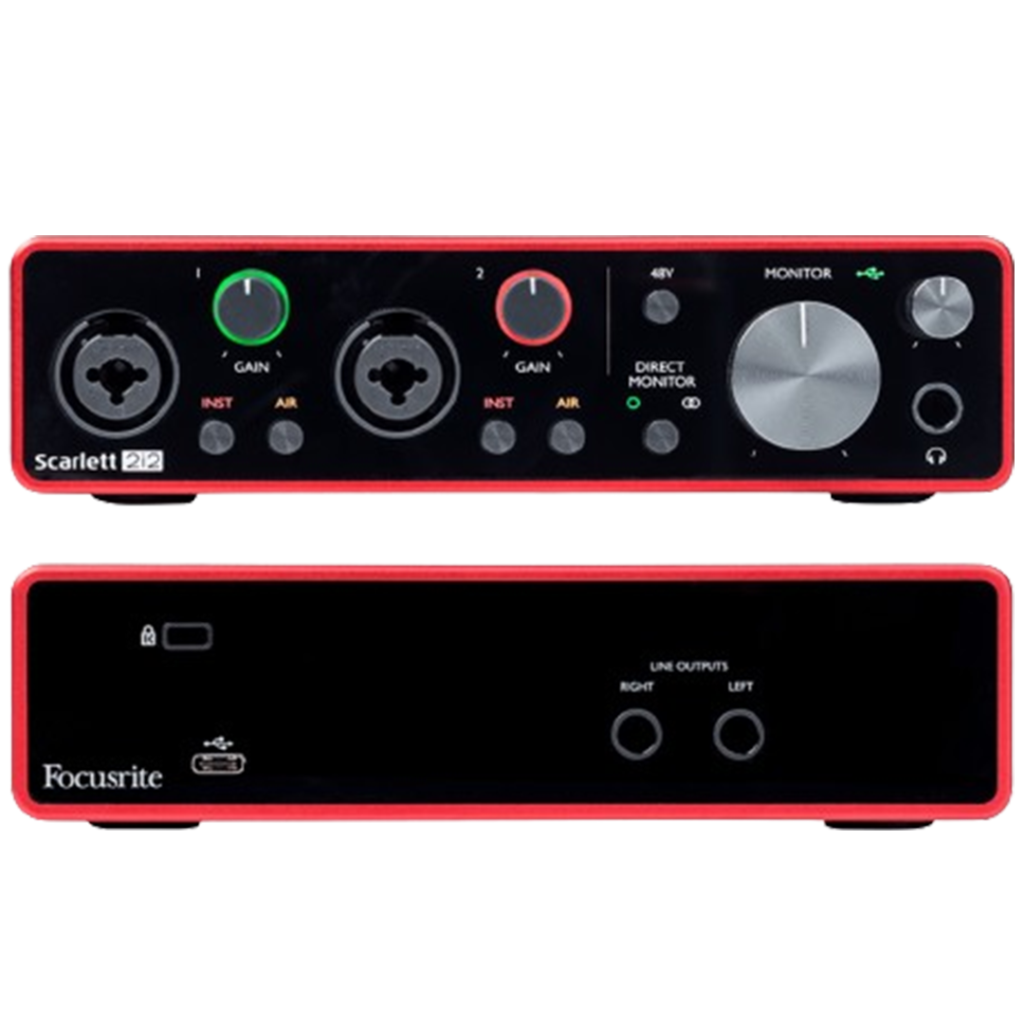

Specifications:
- Sample Rate: Up to 192 kHz
- A/D Resolution: 24-bit
- Number of Preamps: 2
- Phantom Power: Yes
- Connectivity: USB 2.0
- Form Factor: Desktop
- Weight: 0.47 kg
- Dimensions: 175 x 47.5 x 98.8 mm
Who Is It For?
The Focusrite Scarlett 2i2 3rd Gen is the sound card for beginners and home studio enthusiasts. Its straightforward design and high-quality pre amp make it ideal for those who are new to recording and producing music. Whether you’re a singer-songwriter, a podcaster, or a budding music producer, this sound card offers the perfect balance of simplicity and professional features.
Its 192 kHz sample rate ensures that your recordings are crystal clear, while the dual inputs outputs provide flexibility for various recording setups. Lightweight and compact, it’s also great for musicians on the move.
If you’re looking to start your music production journey with a reliable, easy-to-use, and affordable sound card, the Focusrite Scarlett 2i2 3rd Gen is your go-to choice.
Best Sound Card – Portable: Zoom U-22
The sound card for those on the go is undoubtedly the Zoom U-22. This compact, ultra-portable interface brings professional-grade audio recording to your fingertips, no matter where you are. Its ease of use and versatility make it a top choice for musicians and podcasters who need quality sound without being tied to a studio.


Specifications:
- Recording Quality: 24-bit/96 kHz
- Inputs: XLR/TRS combo jack, 3.5mm stereo mini
- Outputs: Stereo RCA, 3.5mm headphone
- Phantom Power: 48V
- Power Options: USB bus power, AA batteries
- Portability: Compact and lightweight
- Dimensions: 3.6 x 4.7 x 1.8 inches
- Weight: 5.3 oz / 151.0 g
Who Is It For?
For the aspiring musician or podcaster looking for the sound card that balances portability with performance, the Zoom U-22 is a perfect choice. Its lightweight design and versatile power options make it ideal for recording high-quality audio anywhere, from a home studio to outdoor locations.
Whether you’re capturing nature sounds, conducting interviews, or laying down some guitar tracks, the U-22’s ease of use and excellent sound quality ensure that your recordings are top-notch.
Its simplicity makes it suitable for beginners, yet its professional-grade preamp and high-resolution recording capabilities will satisfy even the more experienced audio enthusiasts. If you’re a creative individual always on the move, the Zoom U-22 is designed to be your reliable, on-the-go recording companion.
Best Budget: Focusrite Scarlett Solo 3rd Gen
For those diving into the world of music production, the sound card doesn’t have to break the bank. Enter the Focusrite Scarlett Solo 3rd Gen: a compact, budget-friendly powerhouse that’s perfect for solo artists and podcasters. It’s an ideal choice for high-quality recordings without the complexity or expense of larger setups.
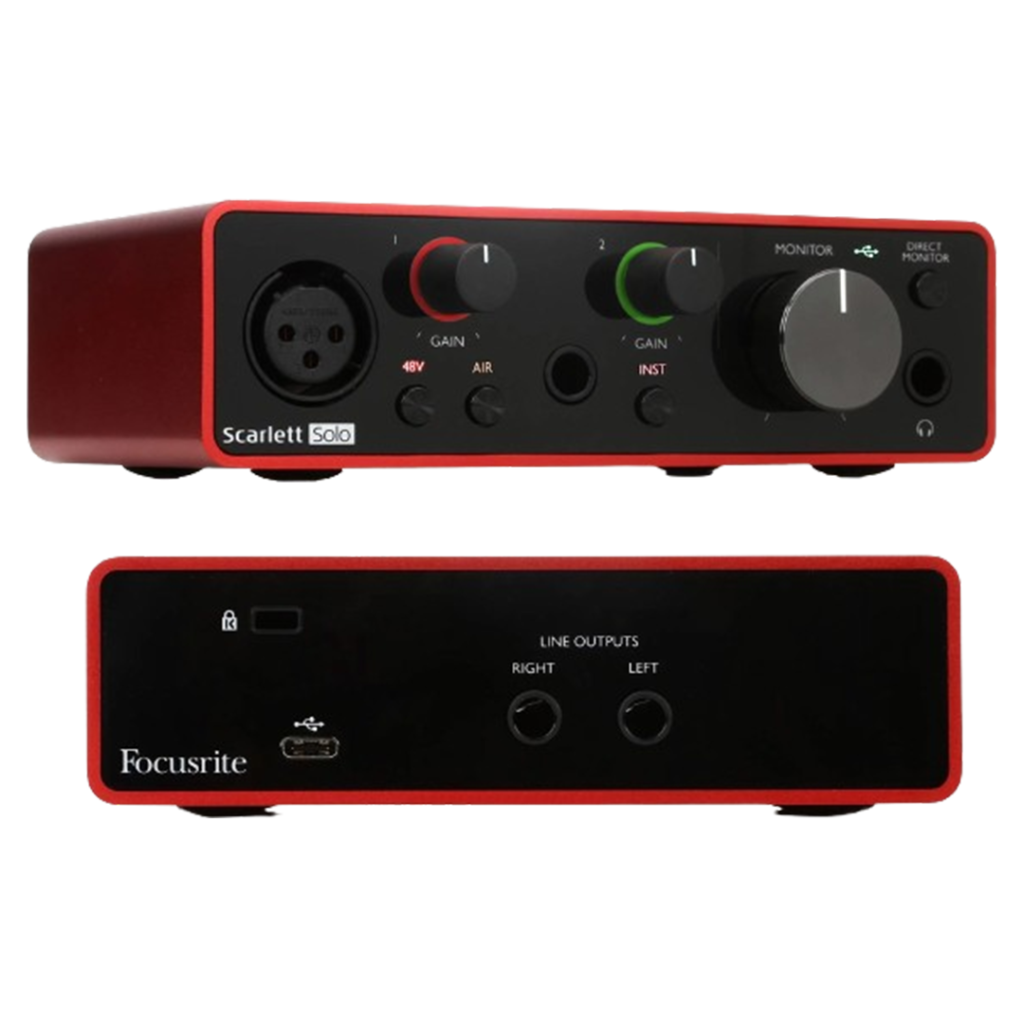

Specifications:
- Sample Rate: 192 kHz
- Dynamic Range: 110dB (A-weighted)
- Inputs: 1 XLR, 1 Instrument
- Outputs: 2 (1x Headphone, 1x Line Out)
- Preamps: 1, with ‘Air’ feature
- Connectivity: USB Type-C
- Form Factor: Desktop
- Weight: 0.382 kg
Who Is It For?
The Focusrite Scarlett Solo 3rd Gen is the sound card for those starting their journey in audio creation. It’s tailor-made for solo musicians, podcasters, and bedroom producers who need a simple, effective solution for recording high-quality audio.
Its single XLR input and instrument input make it perfect for guitarists or vocalists who want to record without the hassle of a complex setup. The ‘Air’ feature on the preamp adds a professional sheen to vocals, making it a favorite among singer-songwriters.
Its compact size and USB connectivity mean it’s easy to use at home or on the go, ideal for creators who are always on the move. Whether you’re recording your first track, launching a podcast, or just experimenting with sounds, the Scarlett Solo 3rd Gen offers a blend of quality, simplicity, and affordability that’s hard to beat.
Best Internal Sound Card: Creative Sound Blaster AE-7
The sound card just got better with the Creative Sound Blaster AE-7. This internal sound card is a powerhouse of audio excellence, designed to elevate your music production to professional levels. Compact yet packed with features, it’s a top choice for those seeking unparalleled sound quality in their home studio.
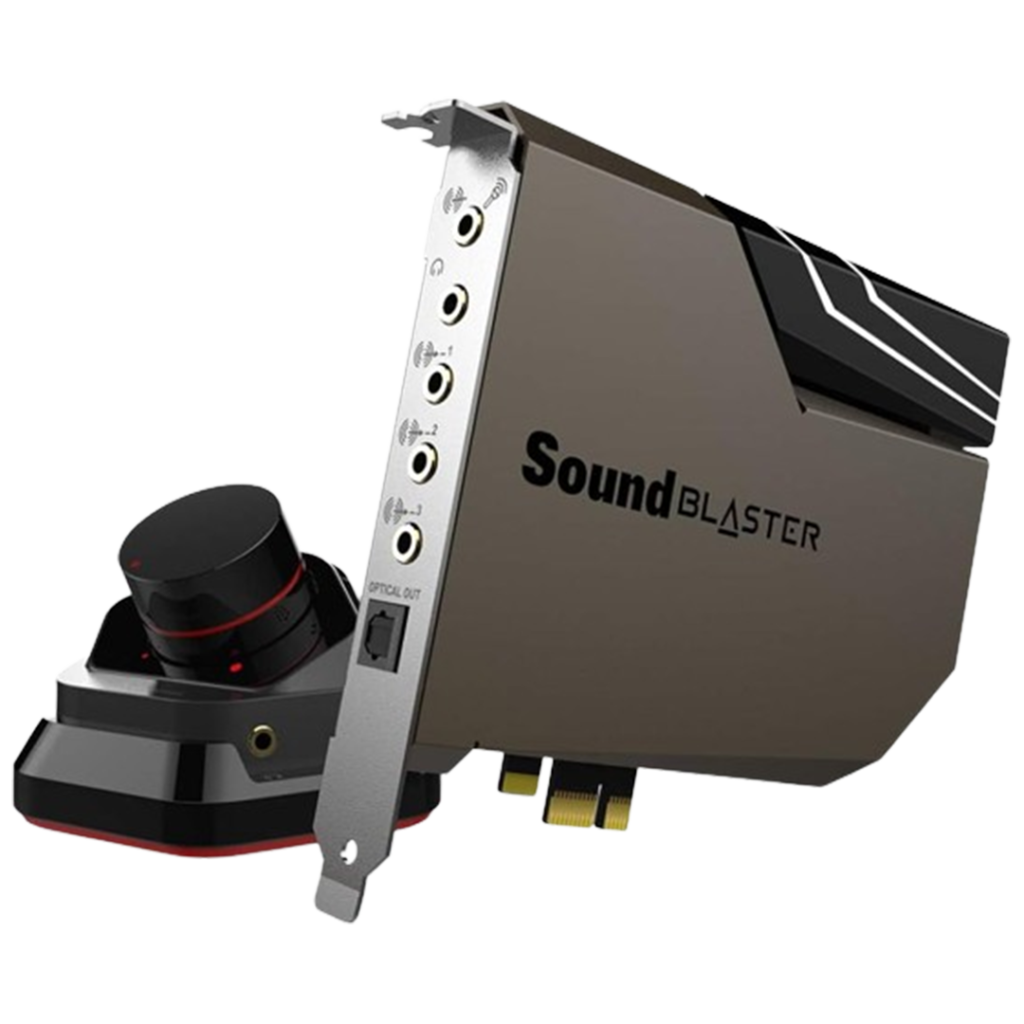

Specifications:
- DAC: ESS SABRE-Class 9018
- Playback: 32-Bit / 384 kHz PCM & DSD64
- Dynamic Range: 127 dB
- Output Impedance: 1Ω
- Surround Sound: 5.1 & 7.1 Support
- Connectivity: TOSLINK Optical, 3.5mm Audio Jacks
- Weight: Main Card 215g, Audio Control Unit 284g
- Dimensions: Main Card 145 x 20 x 128 mm
Who Is It For?
The Creative Sound Blaster AE-7 is the sound card for audiophiles and home studio enthusiasts who demand the highest audio fidelity. It’s perfect for those who want to experience studio-quality sound in the comfort of their home.
Whether you’re mixing tracks, recording vocals, or simply enjoying high-resolution audio, this sound card delivers pristine clarity and depth. Its high dynamic range and powerful headphone amp ensure that every detail of your music is captured and reproduced with exceptional accuracy.
The extensive connectivity options make it versatile for various audio setups, while the high-quality DAC caters to those who can discern subtle nuances in sound. If you’re serious about your audio and want a sound card that can keep up with your passion, the Creative Sound Blaster AE-7 is for you.
Best for Professional Studios: PreSonus Studio 1824C
For those seeking the best sound card for music production, the PreSonus Studio 1824C stands out as a top contender. This powerhouse is designed for professional studios, offering unparalleled audio quality and versatility. Its advanced features cater to the needs of serious music producers, making it a go-to choice for those who demand nothing but the best in their audio production journey.
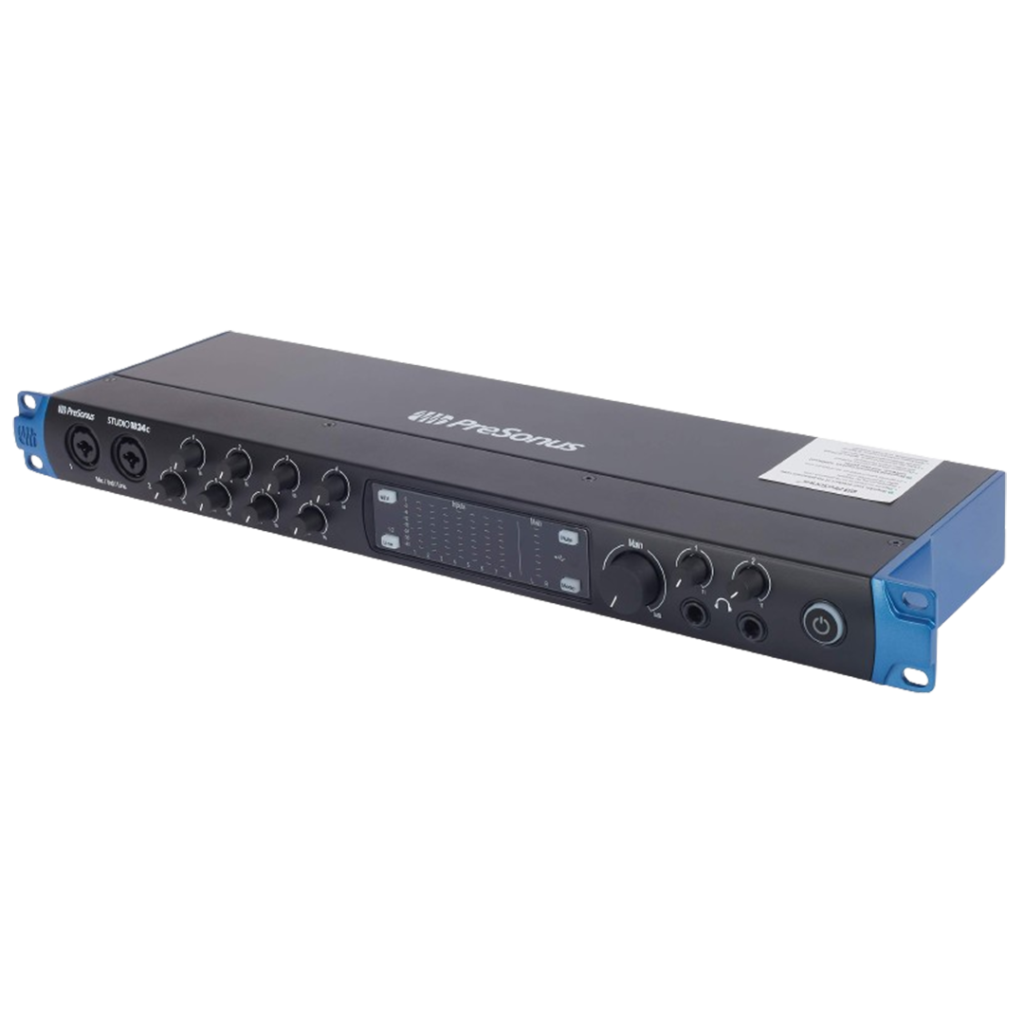

Specifications:
- Sample Rate: Up to 192 kHz
- Dynamic Range: AD/DA Converters: 114 dB
- Preamps: 8 XMAX Class A Mic Preamps
- I/O Capacity: 18 inputs/20 outputs
- Form Factor: Rackmount
- Phantom Power: Yes, for all channels
- Connectivity: USB-C
- Weight: 4.8 lb / 2.2 kg
Who Is It For?
The PreSonus Studio 1824C is the ideal choice for music producers and audio engineers who demand the sound card. Its high channel count and exceptional preamps make it perfect for professional studios that handle complex recording sessions.
The 192 kHz sample rate ensures pristine audio quality, capturing every nuance of the sound. Its rackmount form factor and versatile connectivity options make it a robust and reliable centerpiece for any studio setup.
Whether you’re recording multiple instruments or layering tracks, the Studio 1824C offers the flexibility and quality needed for top-tier productions. It’s a sound investment for those who are serious about their craft and seek a sound card that can keep up with their evolving needs.
What is difference between 24 bit at 96 kHz and 16 bit at 44.1 kHz?
- Bit Depth (24-bit vs 16-bit): Bit depth determines the dynamic range of the sound. A 24-bit sound card can record and play back sound with more detail in the quiet and loud parts of the audio, leading to a richer and more nuanced sound. In contrast, a 16-bit sound card, while still offering good quality (CD standard), has a more limited dynamic range.
- Sampling Rate (96 kHz vs 44.1 kHz): The sampling rate refers to how many times per second the audio is sampled. A 96 kHz sound card captures and reproduces audio at a higher rate than a 44.1 kHz card. This higher rate can capture frequencies beyond human hearing and can provide a more accurate representation of the original sound, especially beneficial for high-fidelity audio production.
In summary, a sound card with 24-bit at 96 kHz offers higher audio resolution and quality than one with 16-bit at 44.1 kHz, which can be particularly noticeable in professional audio settings or high-fidelity audio systems. However, for general use, such as listening to music or gaming, a 16-bit/44.1 kHz sound card is often sufficient.
What I Wish I Knew Before I Got The sound card?
- Compatibility with Existing Setup: Understanding whether the sound card is compatible with your current computer system, DAW (Digital Audio Workstation), and other peripherals is crucial. Some users regret not checking compatibility, leading to additional expenses or underutilization.
- Quality of Audio Output: The difference in audio quality between various sound cards can be significant. Users often wish they had a better understanding of how a sound card’s specifications like bit depth and sample rate would affect their music production.
- Inputs and Outputs: Knowing the number and type of inputs and outputs is essential. Some users find themselves limited by the number of instruments or microphones they can connect simultaneously.
- Latency Issues: Latency can significantly impact music production. Users sometimes regret not researching or investing in a sound card with lower latency.
- Driver Stability and Support: The stability of drivers and the level of support provided by the manufacturer can be a concern. Users often wish they had considered the reliability of drivers and the responsiveness of customer support.
- Software Bundles: Some sound cards come with bundled software, plugins, or samples. Users sometimes overlook this aspect and later realize they could have saved money on additional software.
- Budget vs. Quality: Balancing budget constraints with the need for quality is a common challenge. Some users regret either overspending for features they don’t use or saving money at the expense of quality.
- Future-Proofing: Considering how the sound card will fit into future upgrades or changes in production needs is something users often overlook.
- Ease of Use: The user interface and ease of installation can vary significantly. Some users regret not choosing a more user-friendly option.
- Portability: For those who work in different locations, the size and portability of the sound card can be an important factor that is sometimes overlooked.
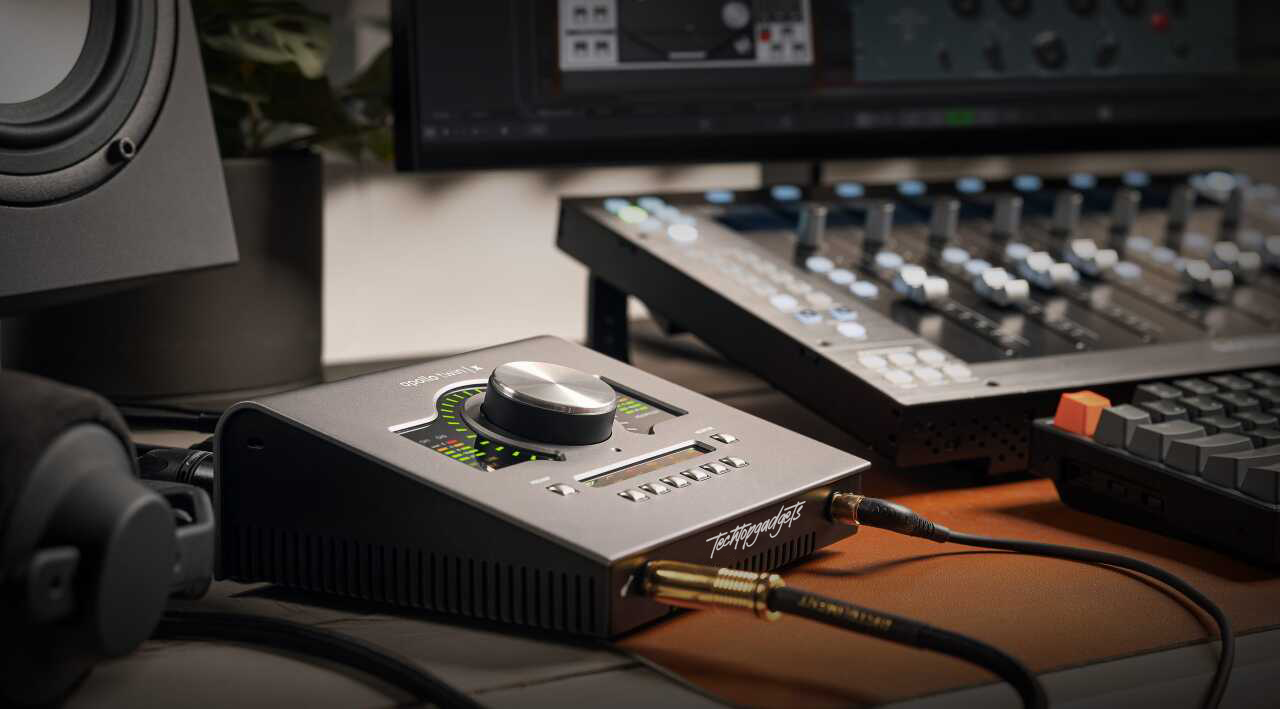
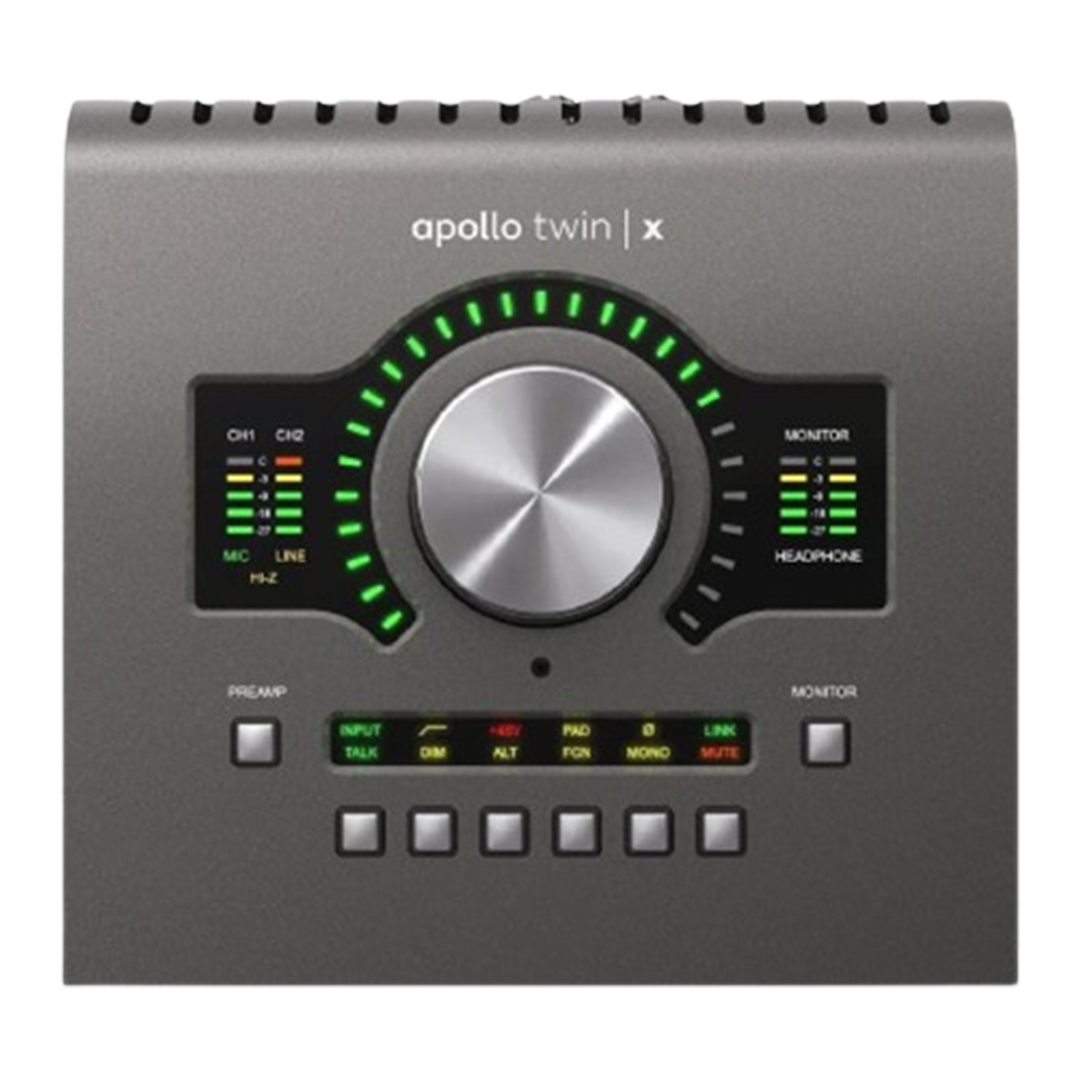
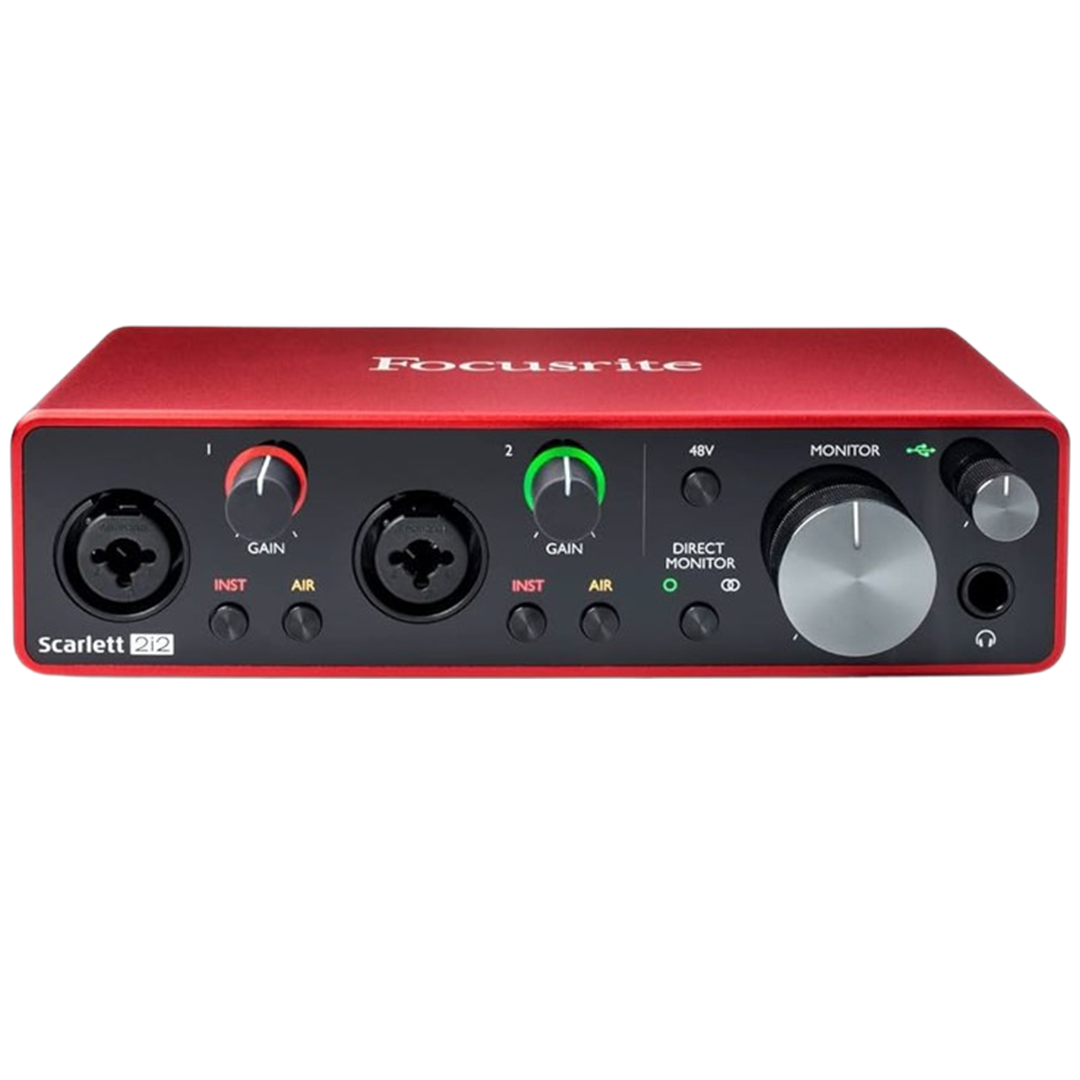
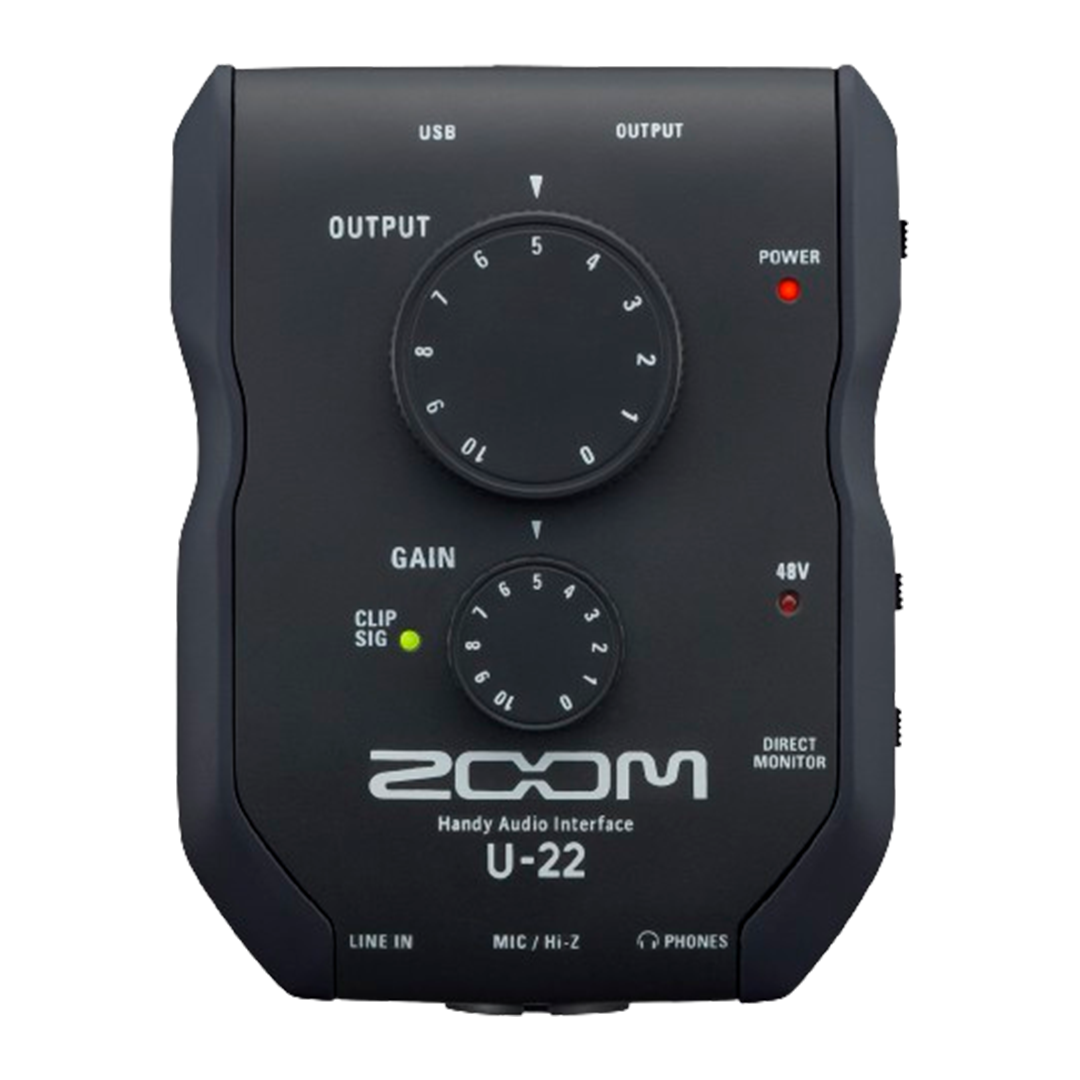
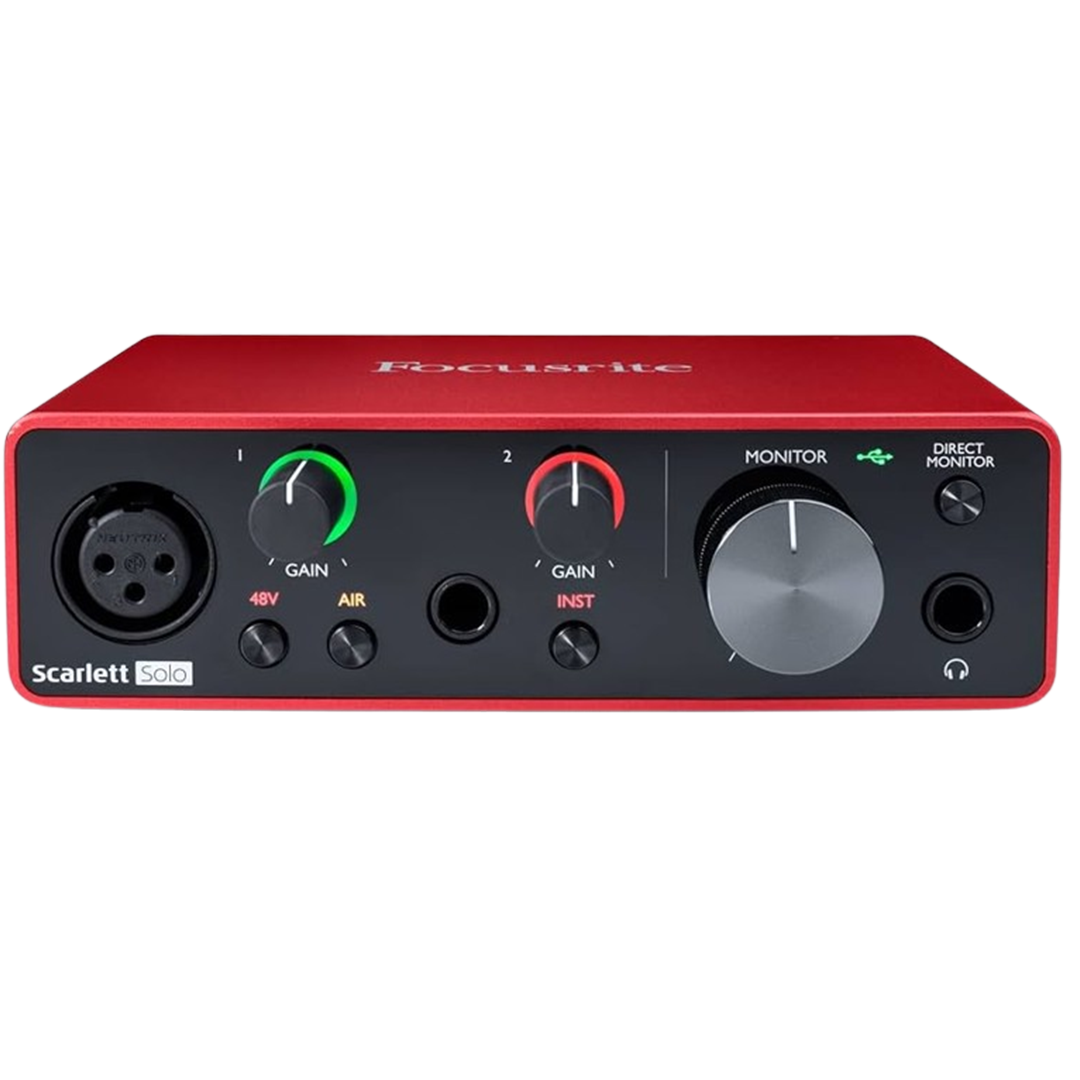
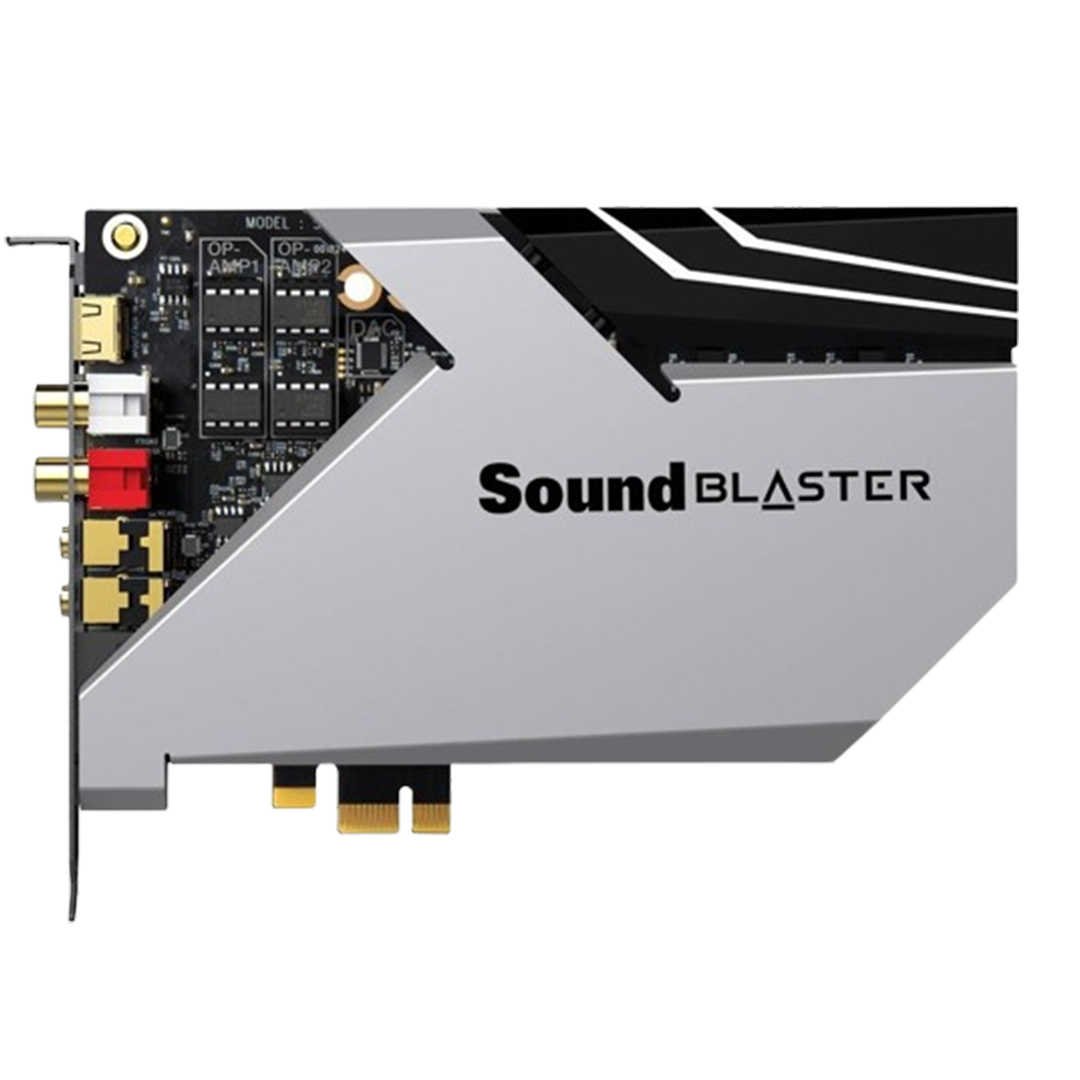
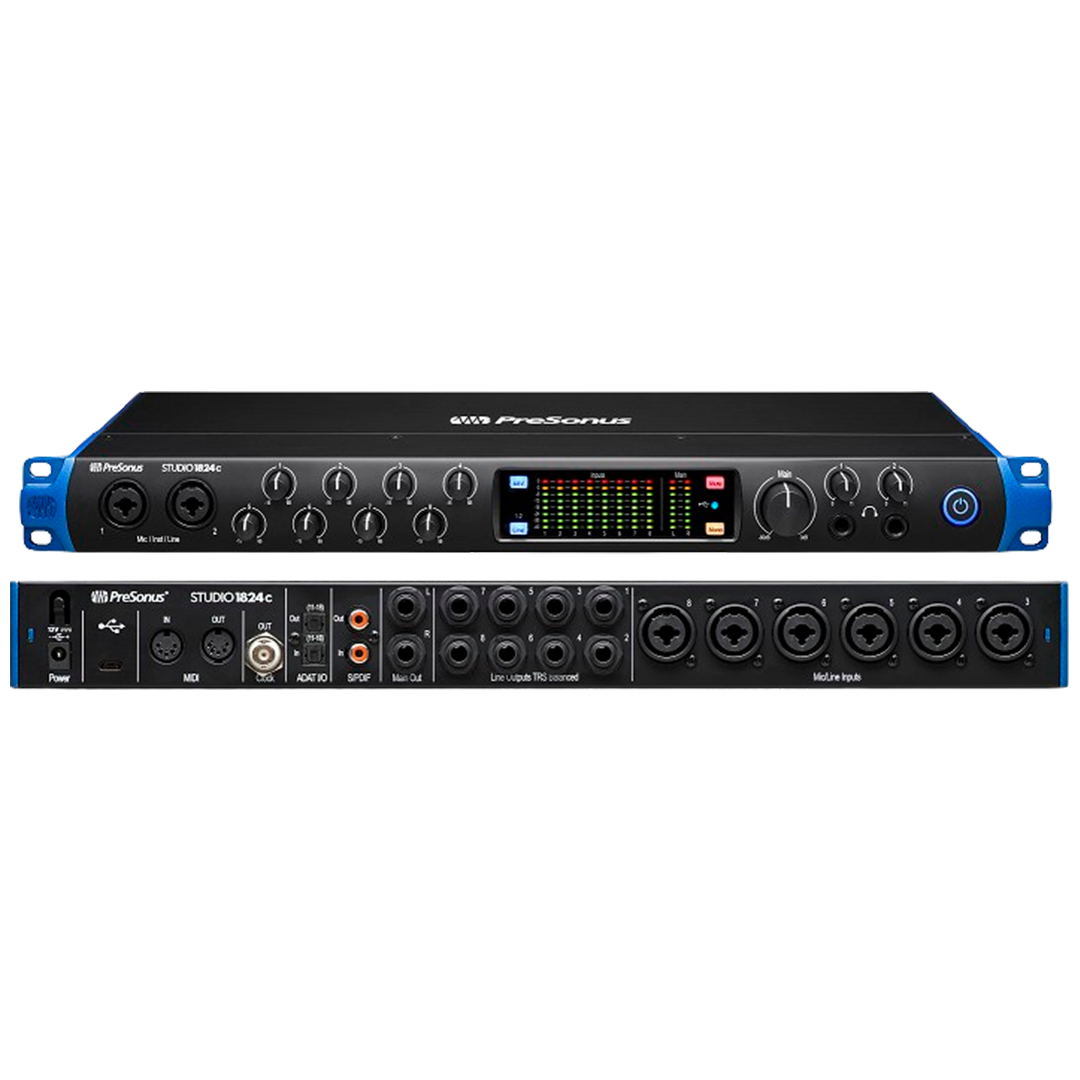
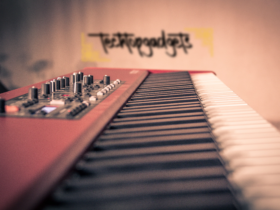
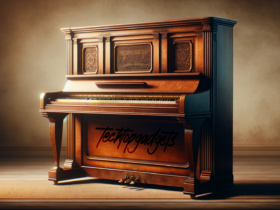
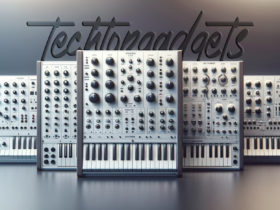
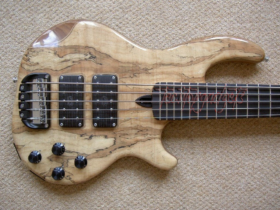
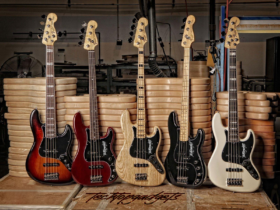

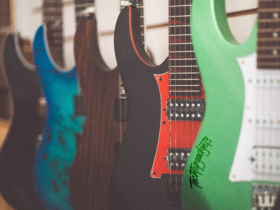
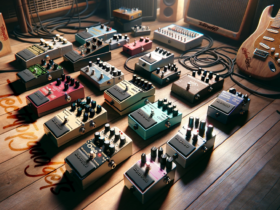





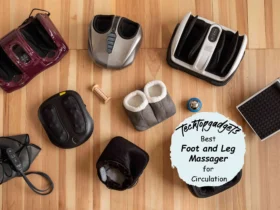
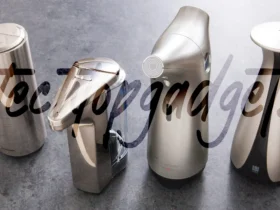
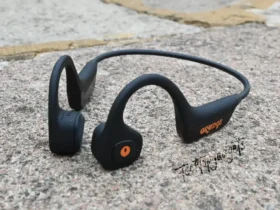
Leave a Reply